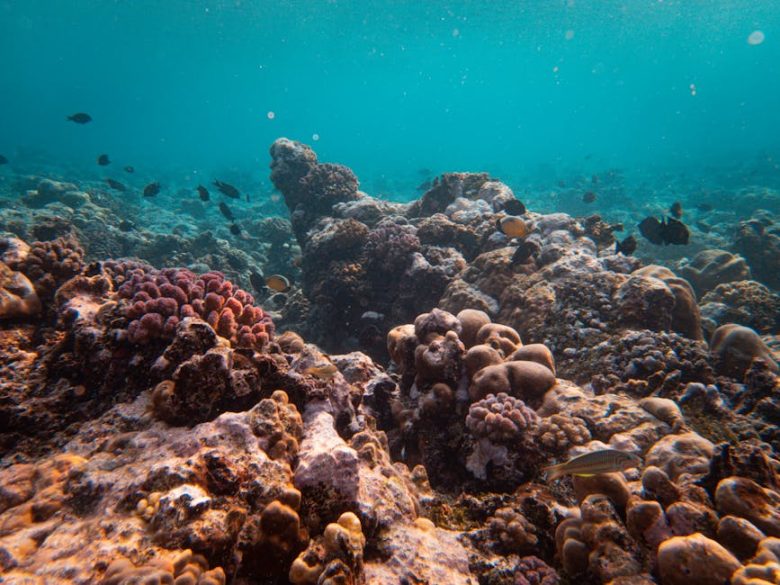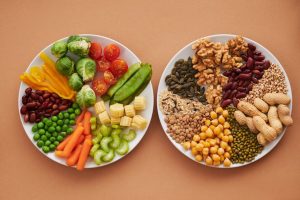In recent years, the topic of climate change has become increasingly urgent, especially regarding its impact on global food security. As the planet warms, weather patterns shift, and extreme weather events become more frequent, the question arises: how will these changes affect our ability to produce and access food? Understanding the intricate relationship between climate change and food security is essential for policymakers, farmers, and consumers alike.
Food security is defined as the availability of food, access to it, and the stability of these factors over time. With climate change altering agricultural landscapes, we must examine how these shifts can disrupt the delicate balance of food systems worldwide. Rising temperatures, changing precipitation patterns, and increased frequency of natural disasters all pose significant threats to food production, exacerbating existing vulnerabilities and creating new challenges for communities already struggling with hunger.
One of the most direct ways climate change impacts food security is through its influence on crop yields. Warmer temperatures can lead to reduced agricultural productivity, especially in regions already experiencing heat stress. For example, staple crops like wheat, rice, and corn are particularly sensitive to temperature fluctuations. Studies suggest that a 1°C increase in temperature could result in a 10% decline in yields for these essential crops, threatening the food supply for billions of people. Farmers must adapt to these changes, often requiring new practices and technologies that may not be readily available or affordable.
Additionally, changes in precipitation patterns can lead to both droughts and floods, further complicating food production. Regions that rely on predictable rainfall for irrigation may find themselves facing severe water shortages, which can devastate crops. Conversely, areas experiencing increased rainfall may suffer from flooding, which can wash away crops and erode soil. These unpredictable weather patterns can lead to food shortages, driving up prices and making it increasingly difficult for vulnerable populations to access nutritious food.
Climate change also affects food security through its impact on fisheries and livestock. Ocean warming and acidification threaten fish populations, while changing ecosystems can disrupt traditional fishing practices. Similarly, livestock production faces challenges from heat stress and the availability of feed crops, which can diminish animal health and productivity. As fish stocks decline and livestock production becomes more precarious, communities that depend on these sources of protein will find their food security increasingly compromised.
Finally, the socio-economic consequences of climate change cannot be overlooked. As agricultural productivity declines, rural communities may experience economic instability, leading to increased migration and urbanization. This shift can place additional strain on urban food systems, where demand for food often exceeds supply. Moreover, the rising cost of food due to climate-related disruptions can exacerbate inequalities, pushing vulnerable populations further into food insecurity.
In conclusion, the relationship between climate change and global food security is complex and multifaceted. As we face an uncertain future, it is crucial to prioritize sustainable agricultural practices, invest in climate-resilient crops, and support communities in adapting to these changes. By addressing the challenges posed by climate change, we can work toward a more secure and equitable food system for all. The battle against climate change is not just an environmental issue; it is a matter of ensuring that everyone has access to the food they need to thrive.



